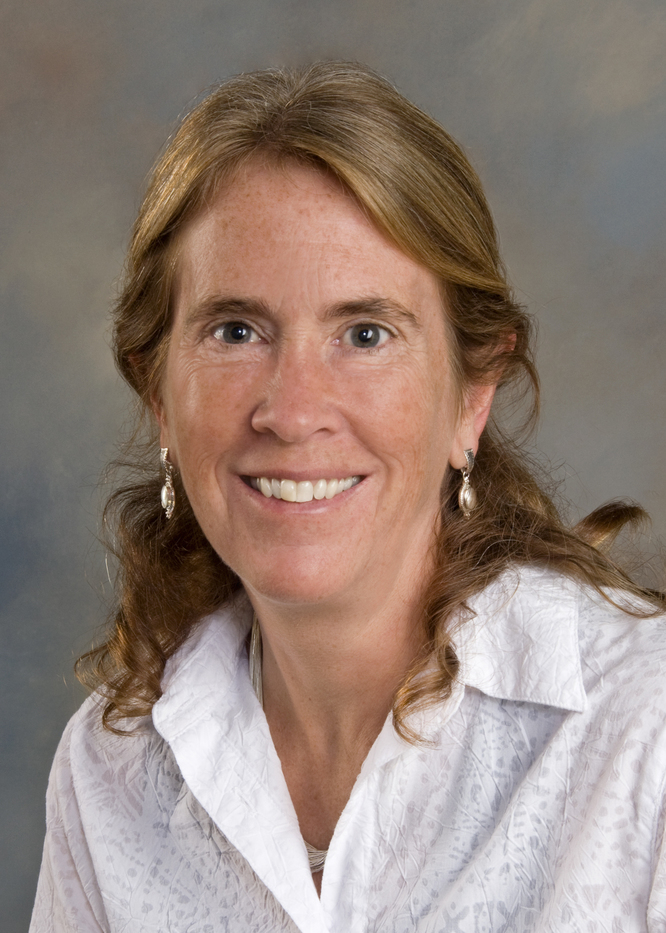 Marjory Kaptanoglu is an award-winning screenwriter and novelist. Many of her short screenplays have been produced and premiered at international film festivals. She has optioned several feature scripts, and was hired to pen the adaptation of Christopher Bram’s novel, Gossip. She is a two-time Academy Nicholl Fellowships Quarterfinalist, a Top Ten Finalist for the Hearst Screenwriting Grant, and winner of a Writer’s Boot Camp Fellowship.
Marjory Kaptanoglu is an award-winning screenwriter and novelist. Many of her short screenplays have been produced and premiered at international film festivals. She has optioned several feature scripts, and was hired to pen the adaptation of Christopher Bram’s novel, Gossip. She is a two-time Academy Nicholl Fellowships Quarterfinalist, a Top Ten Finalist for the Hearst Screenwriting Grant, and winner of a Writer’s Boot Camp Fellowship.
Marjory indie-published her first novel, Dreadmarrow Thief (YA fantasy), in 2017. It debuted to highly favorable reviews from Kirkus and The Midwest Book Reviews, and won The Wishing Shelf Book Awards Bronze Medal, and the Self-Publishing Review Silver Prize. In 2018/2019, she wrote and published two more novels – Invader (scifi) and Last Girl Standing (YA scifi).
As an engineer at Apple Computer, Marjory designed the text editing software for early versions of the Macintosh, prior to becoming a full-time writer. She graduated from Stanford University with a B.A. in English. She has been a contest judge and panelist at various writing events. Most recently, Marjory was a featured author at the YA Novelist Convention (YANovCon), held in Millbrae, CA, in January, 2019.
Tell us about your book.
Dreadmarrow Thief tells the story of sixteen-year-old Tessa Skye, who goes on a quest to bring back her father from the dead by stealing the most prized magical artifact of the wicked conjurer, Lord Fellstone. She’s joined by Calder, searching for his lost love, and Ash, whose growing attraction to Tessa distracts from his plan to avenge his murdered twin. It’s a coming-of-age story about a girl who finds great power, only to learn it comes at a price.
Why did you want to write a book?
I majored in English and had always wanted to write, but my first job was software engineer. Eventually I began writing screenplays and had some success in getting short scripts produced, and several features optioned. I came close to getting a feature made, but then it fell apart from insufficient funding. I decided then to switch to novels because I really wanted my stories to get out to the world, where hopefully readers would enjoy them. I knew even if a traditional publisher didn’t pick up my work, I could publish it myself.
 Why did you choose to self-publish?
Why did you choose to self-publish?
I began by sending out queries to agents, but in the meantime I was reading up on how to self-publish. I didn’t query too long before deciding indie publishing was the path for me. At this point, after a number of years as a screenwriter, I was impatient to get my work out there and see how readers would receive it. I knew if I got an agent, and then a traditional publisher, I would be waiting at least two years before the book was launched. But I had lots of book ideas in the pipeline so I didn’t feel I could afford to wait. Along with this, I realized I would have far more control over the process if I did it myself, so that was a factor in my decision as well.
What tools or companies did you use, and what experience did you have?
I hired a cover designer (ebooklaunch), editor (Bubblecow), and formatter (Polgarus Studio). I did the work of coordinating everything and uploading digital and print versions to Amazon, Draft2Digital, and IngramSpark. All went well, but it did take a fair amount of my time. For my second and third books, I contracted the services of The Book Reality Experience. They provided the editing and formatting and in the case of book two, the cover design as well. They also coordinated everything and uploaded my work to all those sites. The whole process took a lot less of my time than before, plus I felt more secure in the knowledge that Book Reality had my back. Ian, who runs the place, could not have been more helpful and responsive. I would definitely use them again.
Would you self-publish again?
Absolutely. I don’t plan to ever query again. I love the speed and control of self-publishing. In fact, I’m planning to move forward with audible versions of my novels, using Findaway Voices. They appear to have great partnerships with distributors around the world.
What do you think are the main pitfalls for indie writers?
The downside of being indie is the difficulty in getting your books into libraries and bookstores, particularly important when you write YA. When I’ve gone to libraries and spoken to librarians in person, they’ve been very receptive and have added Dreadmarrow Thief to their collections. But it’s extremely time-consuming to go to one library at a time in person. In general, promotion is expensive and it’s hard to convince anyone to buy your book when you’re unknown. But this is true if you’re traditionally published too.
What tips can you give other authors looking to self-publish?
Make sure you put out a professional product, especially if you’re planning to make a career of this. You want each book to serve as an excellent advertisement for the next. To achieve this, it’s best not to try to do everything yourself. I hired professionals for cover design, editing, and formatting, and I will continue to do so. My job is to write the best novel I can, and to continually strive to improve my author skills. I want to make it as difficult as possible for readers to tell the difference between my book and one that is traditionally published.
 Tell us about the genre you wrote in, and why you chose to write this sort of book.
Tell us about the genre you wrote in, and why you chose to write this sort of book.
Dreadmarrow Thief is a young adult fantasy, a genre I’ve always loved. Fantasy allows for particularly rich and inventive stories. I chose a female protagonist because there’s been a lack of them in the past. Tessa is smart and determined, and has two skills that help her to succeed: she’s been trained as a locksmith and she can shapeshift into a bird. However, she’s also willful and undisciplined. I did my best to create a character who was accomplished but not perfect, so that readers would be able to relate to her. Lastly, I wanted a strong theme of love and family and friendship, because these feelings tend to resonate with readers the most. Giving Tessa the goal of restoring her father to life seemed an ideal way to bring structure to this theme.
What are your plans now your book is published?
I’m pursuing ways to get out more and connect with readers. In January, 2019, I was an invited author at YANovCon, which took place in Millbrae, CA. I was proud to be the only self-published writer among a group that was traditionally published, including some major award winners. I enjoyed speaking at local schools as part of the event. Coming up, I’ll be on four panels at BayCon 2019, a scifi/fantasy convention that takes place from May 24-27 at the SF Airport Marriott, in San Mateo, CA. I hope to continue attending events like these in between writing and publishing. Please stop by and say hi if you’re at BayCon!
What’s next for you as an author?
I plan to continue writing and publishing. Since Dreadmarrow Thief, I’ve already published two more novels: Last Girl Standing (YA scifi) and Invader (scifi). Next up, I will finish writing the sequel to Dreadmarrow Thief and publish that. I have two other novels in development as well, both in the young adult arena, a fantasy and a scifi. Dreadmarrow Thief will eventually be a trilogy, so there’s the third book to write too. All I need is more hours in the day. But it’s all good; I love what I’m doing.
Author Links
Get an Editorial Review | Get Amazon Sales & Reviews | Get Edited | Get Beta Readers | Enter the SPR Book Awards | Other Marketing Services







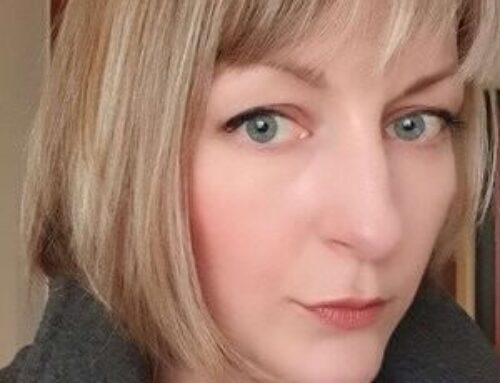



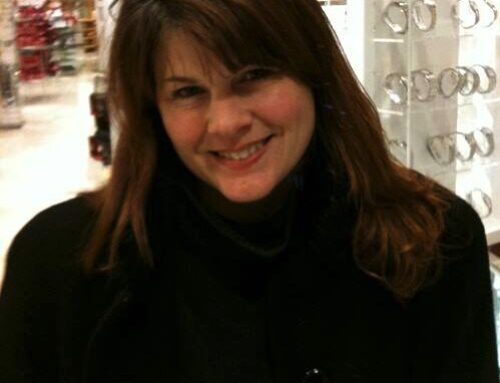

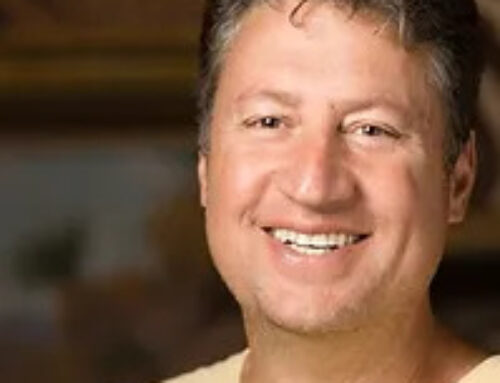



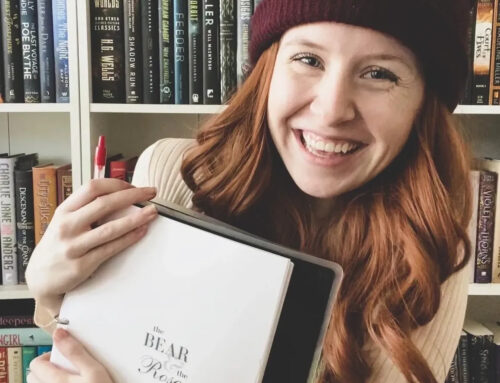




Leave A Comment